
Meghan Trainor's retro R&B pop single "All About That Bass" dethroned Taylor Swift's "Shake It Off" this week to become the No. 1 single in America. Although Trainor's name may not ring any bells — "All About That Bass" is the blonde pop star's first single — her song is one of the most addicting tracks to come out this summer. But according to many, it's also incredibly problematic.
Trainor's hit single is catchy. It's also — seemingly — a song about women accepting their bodies in a world where those bodies are held up to impossible standards and constantly ridiculed. "All About That Bass" is a messy song. In some verses, it uplifts the ideas of body positivity and self-worth, and in others, it destroys those ideals by putting down other women. But it still might be a good entry point for many women to realize that the standards they are held to are unrealistic.
Is "All About That Bass" a body-positive anthem?
Trainor's song is often referred to as a body-positive anthem. Body positivity is a movement that aims to help women (and men) feel positively about their bodies regardless of how they look or how much they weigh. The 20-year-old told Billboard that "All About That Bass" is "a song about loving your body ... and your booty." In some ways that's definitely true, such as in the second verse of the song:
"I see the magazines workin' that Photoshop/
We know that shit ain't real, C'mon now, make it stop/
If you got beauty beauty, just raise ‘em up/
Cause every inch of you is perfect from the bottom to the top"
Here, she encourages women to embrace their real bodies and feel confident in their size, which is tremendously empowering. She's also riding a wave of momentum. Trainor's anthem wasn't the only body-positive song this summer. Nicki Minaj released "Anaconda" and Jennifer Lopez released "Booty," both about women being proud of their butts.
"It's hard not be charmed by the upbeat nature of the song and the lyrics suggesting 'every inch of you is perfect from the bottom to the top,'" Renee Engeln, a professor at Northwestern studying body image and objectification, told me. "Many of us have been clamoring to see more women in the media who manage to be body confident even if they aren't model-thin (or 'size two,' as Trainor puts it)."
But the song continues past that verse into ideas that, according to its critics, aren't that body-positive at all.
"Everything is upbeat and happy; there's no ballads, and it's catchy," Trainor told Out Magazine of her new album, and the song stands to that sentiment. That is, if you don't think too much about it.
Trainor's form of body positivity is highly problematic

Screenshot from the video
"All About That Bass" quickly devolves into lyrics that both reinforce society's standards of beauty and measures the worth of a woman's body by how men view it. After her "ain't no size two" line, Trainor sings that she's "bringing booty back/Go ahead and tell them skinny bitches that."
"When you say that you're not a size two, but you're still desirable to men in a way that sounds like you're making up for the fact that you're not a size two, you're still adhering to the beauty standards your lyrics purport to be against," said Hillary Crosley, a staff writer at Jezebel who wrote about the song hitting no. 1.
"I'm all for a more diverse perspective on female beauty, but what we need even more is simply less emphasis on female beauty"
What's more, Trainor is hardly outside of what society says is an acceptable size for women to be. She may not be a size two, but she's certainly not a size 16 either. As feminist blogger Jenny Trout wrote, what Trainor is really doing is creating an anthem that is "meant to make women who think they're fat feel good about the fat bodies they don't have, while constantly reminding them that they should feel fat."
Trainor's body positivity, in other words, includes women whose bodies are slightly larger than the insane, Photoshopped standard, but it's not all-inclusive for "skinny bitches" or women who are larger than a size eight.

Gif of the "All About that Bass" video
"What I find problematic about the song is that it sets out a very limited definition of what it means to love your body. You can love it as long as men love it, and you can love it by putting down other women's bodies," Chloe Angyal, a senior editor at Feministing said to me. She's referring to this particularly jarring line :
"Yeah my mama she told me don't worry about your size/
She says, "Boys like a little more booty to hold at night."
As L.V. Anderson, who wrote for Slate about Trainor's anti-feminist EP, told me, this is ludicrous: "Some men prefer women who are bigger; others don't. It's no more true that all men (or even most men) like curvy girls than that all men like skinny girls." But the lyric also implies that the only reason to love your body is because it might be satisfying to a man.
"In an ideal world, women wouldn't have to worry about being 'perfect from the bottom to the top.' Wouldn't it be great if we could worry about our intellect and our character and not the appearance of our bodies? I'm all for a more diverse perspective on female beauty, but what we need even more is simply less emphasis on female beauty," Northwestern's Engeln said.
A gateway to feminism
As feminism becomes more deeply ingrained in pop culture, with Beyoncé and Taylor Swift claiming it as their own, it's easy to worry that the movement could be at risk of losing its power to commercialization. As a song built on female empowerment in its most basic — and questionable — form, "All About That Bass" is a perfect example of that. But maybe that's not a bad start for many young women.
"Songs like Meghan's will likely make her listeners feel the same way I did when I first heard India.Arie's 'Video,' like I'm the hottest woman in my bathroom mirror, let alone the street I'm walking down, regardless of what man is admiring my body. And that's the real point," Crosley said.
Angyal agreed that, if nothing else, the song can be a good feminism entry point for Trainor's fans. "I don't think there's any such thing as perfectly feminist popular culture, but I do think that pop culture with a feminist bent can be a great gateway drug to the harder, less commercialized stuff," she said. "Meghan Trainor is no Susie Orbach. But if that's where your feminist journey starts, go for it."

























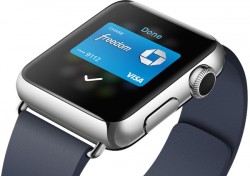 At its
At its 






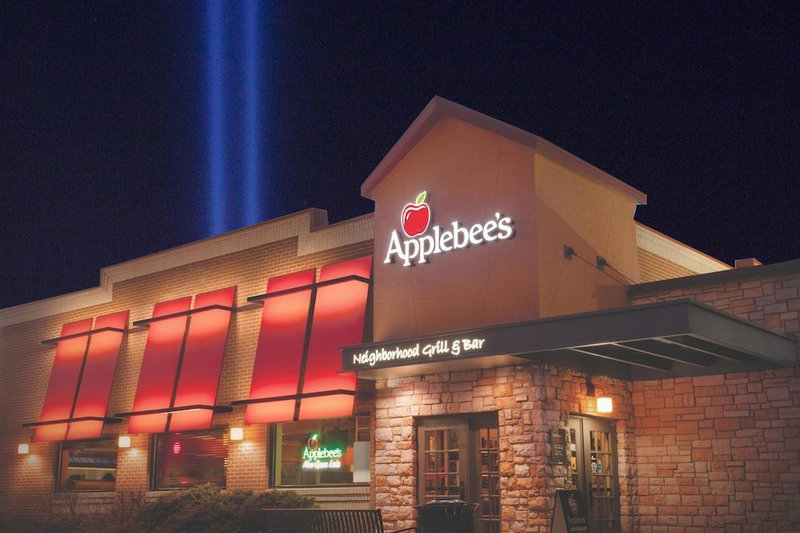
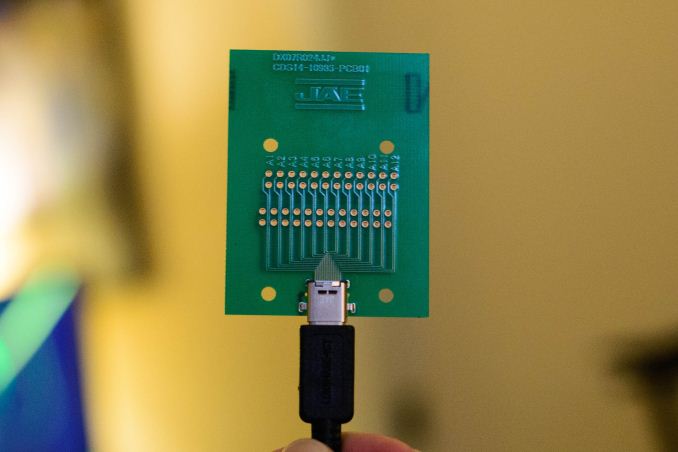
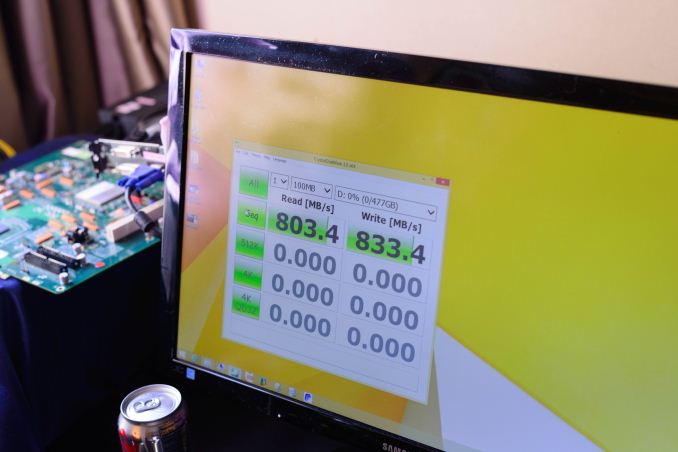
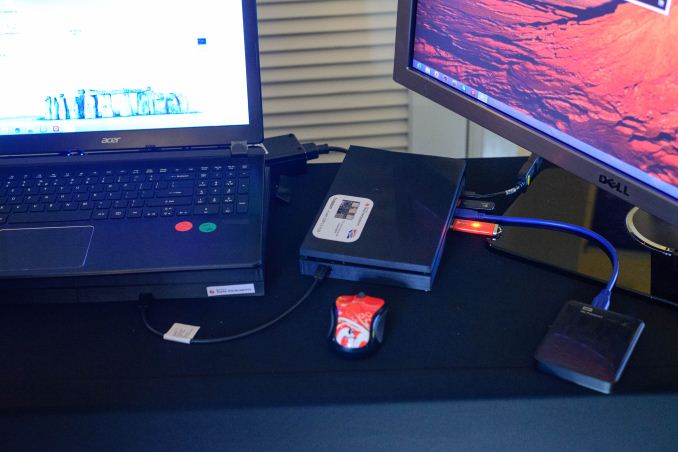
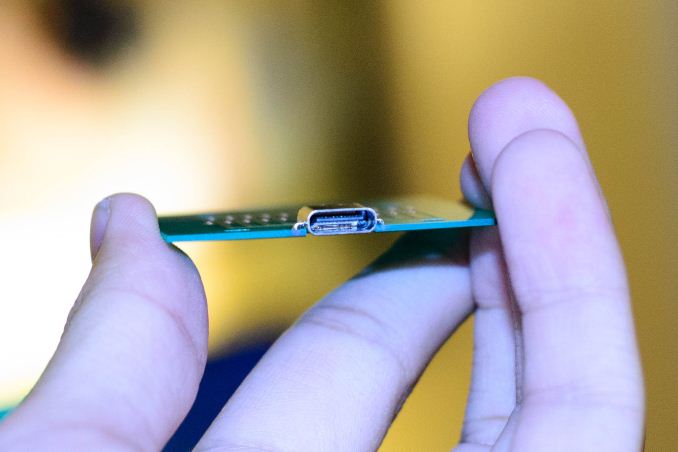
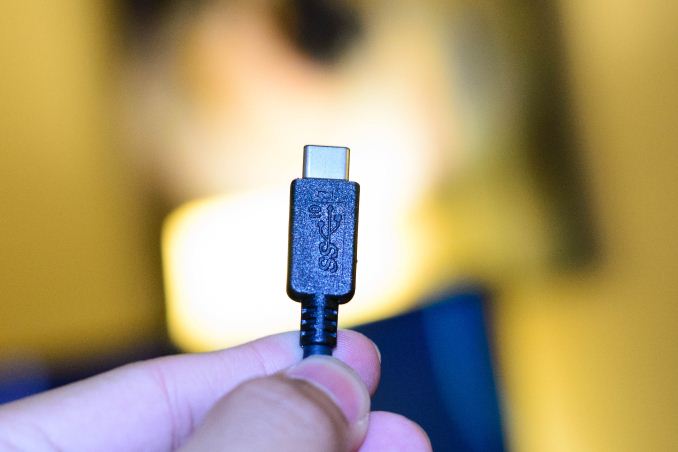
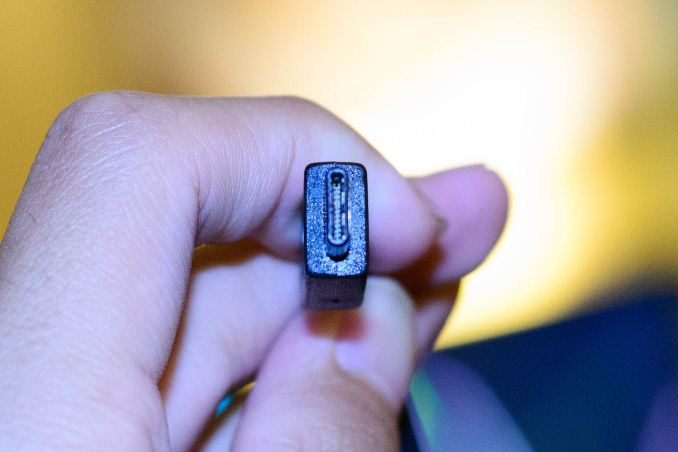

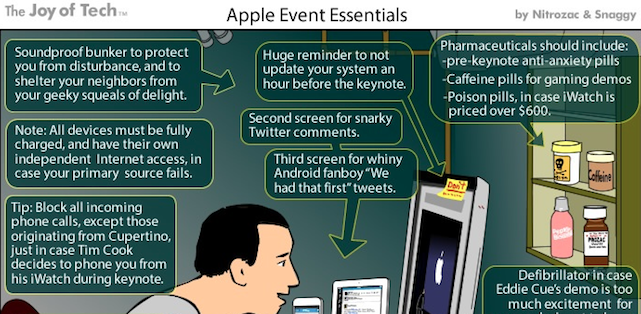 Tomorrow is the big day. We finally get to see the iPhone 6 and will hopefully also get a peek at the future of Apple's wearable tech. Apple fans will be live blogging, chugging coffee, and refreshing like mad throughout the day feasting on...
Tomorrow is the big day. We finally get to see the iPhone 6 and will hopefully also get a peek at the future of Apple's wearable tech. Apple fans will be live blogging, chugging coffee, and refreshing like mad throughout the day feasting on...
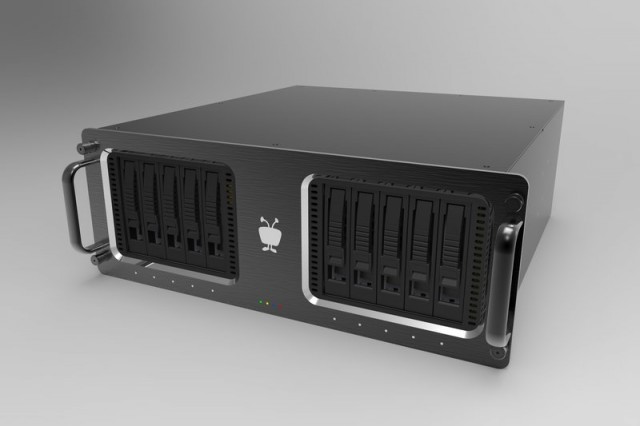



_575px.png)
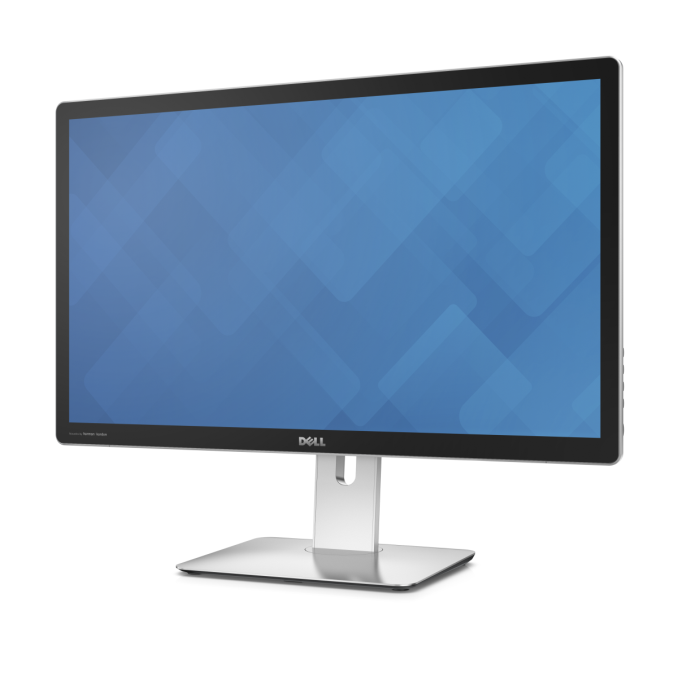
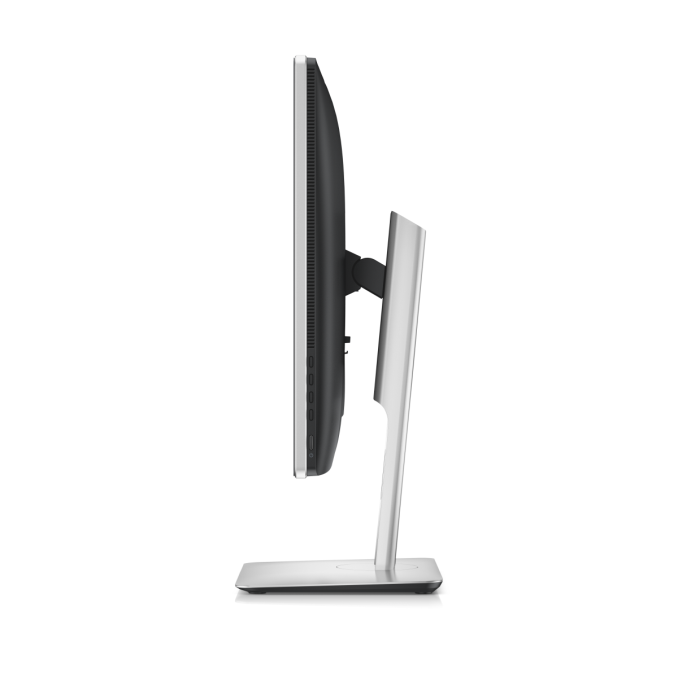
_thumb.png)
_thumb.png)
_thumb.png)
_thumb.png)
_thumb.png)
_thumb.png)